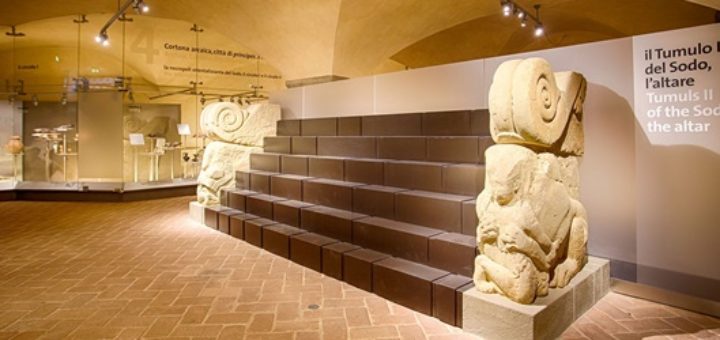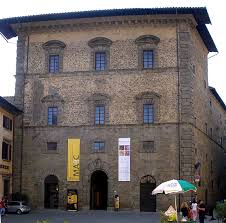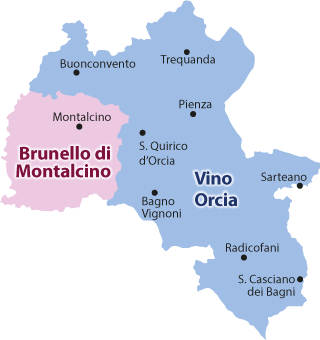
Most famous works of the museum
Maternity :Maternity is certainly one of the best known works of futurist painter Gino severini. performed in oil in 1916
Etruscan chandelier: The Etruscan chandelier is one of the most valuable pieces, known and significant belonging to the Museum of the Etruscan Academy of Cortona. Considered one of the most remarkable examples of Etruscan bronzery, and built around the middle of the 5th century, the chandelier was found in the surroundings of Cortona, in Fratta, in 1840, but was purchased by the Etruscan Academy only after a long and complex negotiation.
The tabula cortonensis: In 1992 seven bronze fragments were handed over to the command of the Carabinieri di camucia, destined to become famous under the only name of tabula cortonensis.
Madonna and child among the patron saints of Cortona: Initially and erroneously attributed to Francesco signorelli, this painting was actually made by the well-known Luca signorelli at the end of the 15th century (1510-1515 ca).
Small temple dedicated to the glories of Tuscany: The small temple dedicated to the glories of Tuscany was made between 1751 and 1757 by a brusque gaspero in the Ginori di Doccia factory. Carlo Ginori donated it to the Etruscan Academy in Cortona to commemorate his turn as president in 1756.



